The article describes a small modification to enhance the cooling efficiency of the instruments panel ,the results will give better performance and longer life of electronic components .
Instrument Panel Cooling
Many a times we have seen the cooling efficiency for an instrument panel is not achieved as desired .A small modification can be helpful for increasing the cooling efficiency of panel.The proposed modification is applicable where only 1 exhaust fan is used in the original panel supplied as indicated in Fig 1..
Proposed modification:
The modification can be carried out as indicated in fig 2.The additional fan will help in giving the more amount of fresh air from nature and the overall effect will be reduced temperature inside the panel.
The benefits will be
- Improved cooling
- Enhanced life for electronics components
- Higher availability of system
Article Written by:
Sh. Pravin V. Maheshkar
Management & technical consultant/trainer Freelance
Previously Manager –Inst & Business excellence
(Hindustan zinc ltd ,Echjay steels ltd,total:23 yrs)

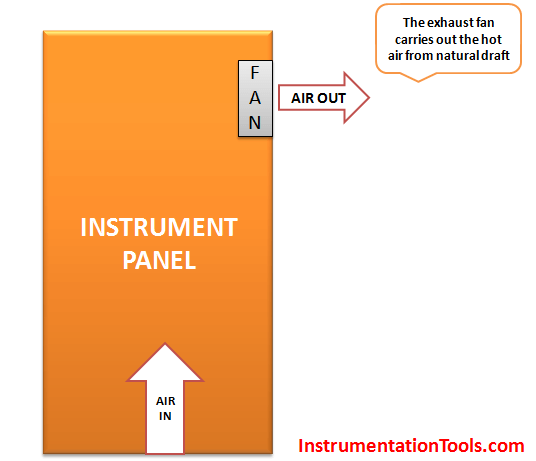

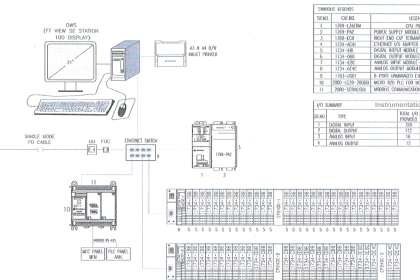
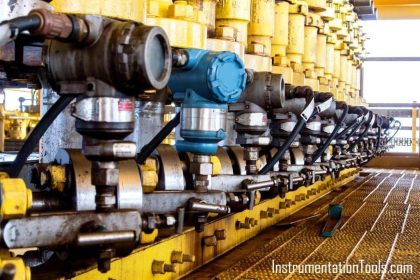
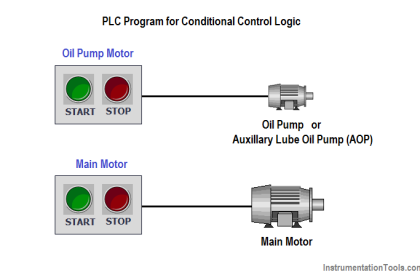
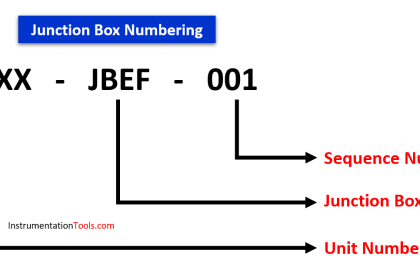
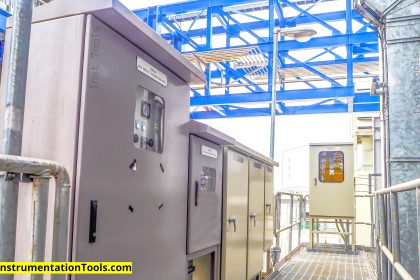

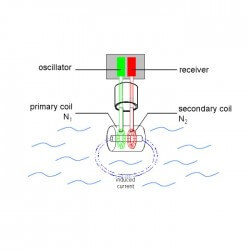

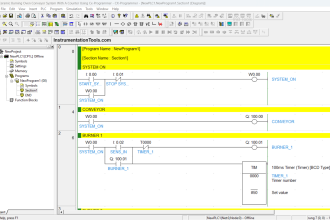
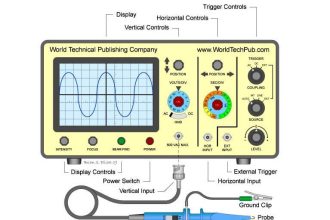
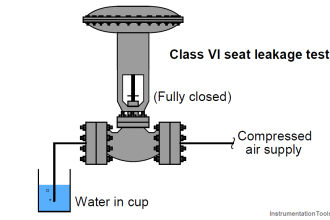
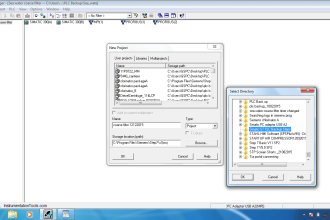
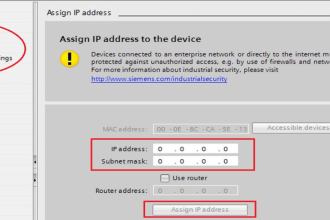
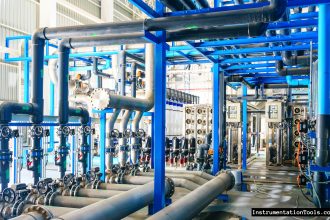

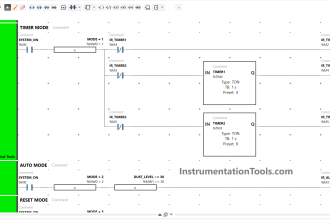

Very Good. Simple & Brilliant.
Nice Idea. Thank You for Sharing.
I have a doubt sir.If the panel locates in field area(local control panel), then dust can easily pass into the panel by bottom fan(New fan).How to solve this issue sir?
Dear,
thanks for query,we can use filters for inlet fan to solve the issue.
Okay sir… Thanks a lot..
For this kind of fans filters are used which are fixed in the fan assembly
thanks